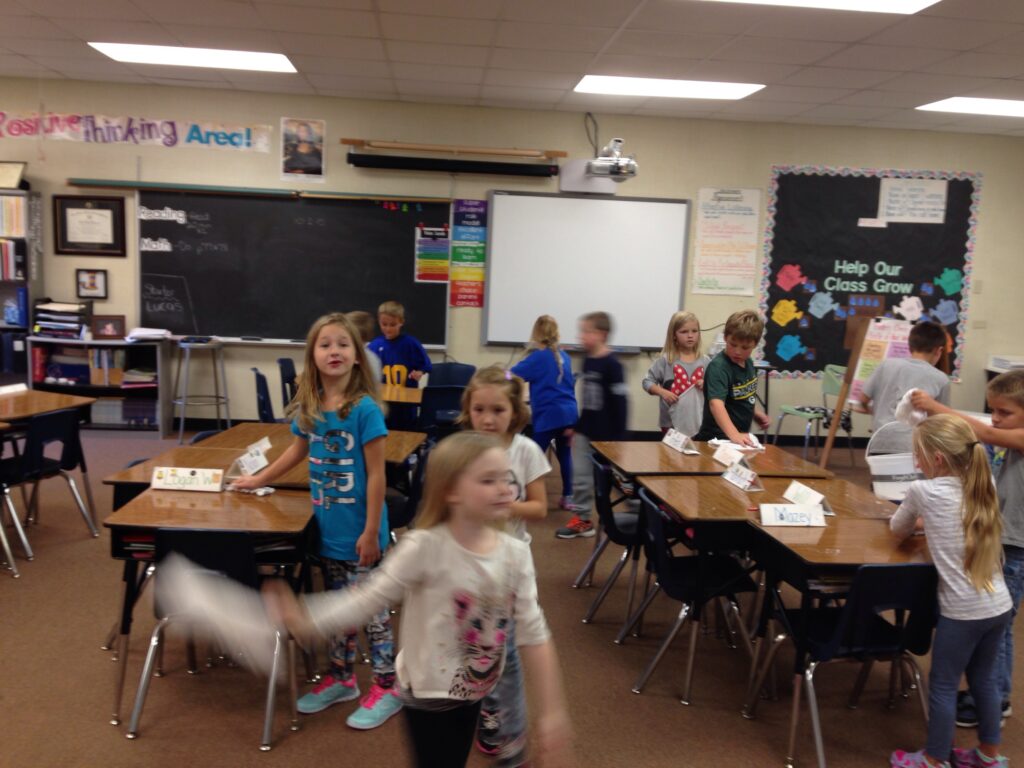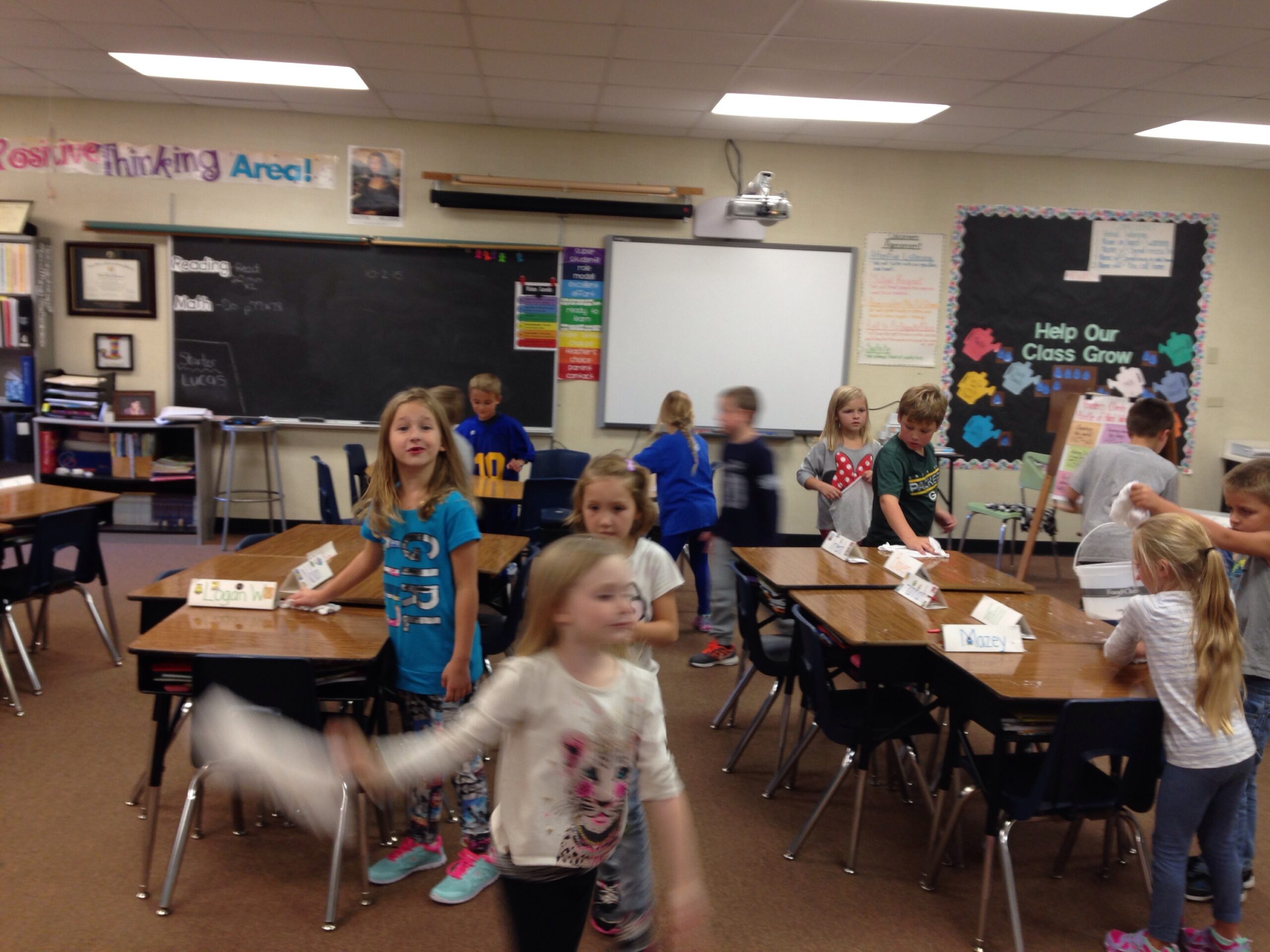
Unlocking Potential: A Comprehensive Guide to Understanding and Supporting 1st Graders
First grade is a pivotal year in a child’s educational journey. It’s a time of significant academic, social, and emotional growth. Understanding the developmental milestones and learning needs of 1st graders is crucial for parents, educators, and caregivers alike. This guide provides a comprehensive overview of what to expect from 1st graders, offering practical strategies to support their success both in and out of the classroom.
Developmental Milestones of 1st Graders
1st graders typically range in age from 6 to 7 years old. During this year, they experience rapid development across several key areas:
Cognitive Development
1st graders are developing more sophisticated thinking skills. They are beginning to understand cause and effect, solve simple problems, and follow multi-step directions. Their attention spans are also increasing, allowing them to focus on tasks for longer periods. Key cognitive milestones include:
- Understanding basic math concepts such as addition and subtraction.
- Developing reading fluency and comprehension.
- Learning to write simple sentences.
- Improving memory and recall skills.
- Developing critical thinking skills.
Social-Emotional Development
Social-emotional development is just as important as academic growth. 1st graders are learning to navigate social situations, manage their emotions, and build relationships with their peers. Key social-emotional milestones include:
- Developing empathy and understanding the feelings of others.
- Learning to cooperate and share with classmates.
- Developing self-confidence and a positive self-image.
- Learning to manage emotions such as anger and frustration.
- Developing problem-solving skills to resolve conflicts peacefully.
Physical Development
1st graders continue to develop their fine and gross motor skills. They are becoming more coordinated and capable of performing complex physical tasks. Key physical milestones include:
- Improving handwriting skills.
- Developing better hand-eye coordination.
- Improving balance and coordination for activities such as running and jumping.
- Developing fine motor skills for tasks such as cutting and coloring.
Common Challenges Faced by 1st Graders
While first grade is an exciting time, 1st graders may also face certain challenges. Understanding these challenges can help parents and educators provide targeted support.
Academic Challenges
Some 1st graders may struggle with reading, writing, or math. Learning disabilities, such as dyslexia or dysgraphia, can also present challenges. It’s important to identify these challenges early and provide appropriate interventions. [See also: Identifying Learning Disabilities in Elementary School]
Social-Emotional Challenges
1st graders may experience social-emotional challenges such as anxiety, difficulty making friends, or behavioral issues. These challenges can impact their academic performance and overall well-being. Providing a supportive and nurturing environment can help them overcome these challenges.
Attention and Focus Challenges
Maintaining attention and focus can be difficult for some 1st graders. Attention-deficit/hyperactivity disorder (ADHD) can make it challenging for them to stay on task and follow instructions. Working with a pediatrician or child psychologist can help to determine appropriate strategies.
Strategies to Support 1st Graders
There are many effective strategies that parents and educators can use to support 1st graders. These strategies focus on creating a positive learning environment, fostering a love of learning, and addressing individual needs.
Create a Positive Learning Environment
A positive learning environment is essential for 1st graders to thrive. This includes creating a safe, supportive, and engaging classroom or home learning space. Encourage curiosity, provide positive reinforcement, and celebrate successes.
Foster a Love of Learning
Instilling a love of learning is crucial for long-term academic success. Make learning fun and engaging by incorporating games, activities, and real-world examples. Encourage 1st graders to explore their interests and pursue their passions. Read aloud to them regularly, even if they can read independently. [See also: The Benefits of Reading Aloud to Children]
Address Individual Needs
Every 1st grader is unique and has individual learning needs. Differentiate instruction to meet the needs of all learners. Provide extra support for students who are struggling, and challenge those who are excelling. Collaborate with parents and specialists to develop individualized learning plans.
Promote Social-Emotional Development
Help 1st graders develop their social-emotional skills by teaching them how to manage their emotions, resolve conflicts peacefully, and build positive relationships. Model empathy and compassion. Provide opportunities for them to practice these skills in a safe and supportive environment.
Encourage Physical Activity
Physical activity is essential for the physical and cognitive development of 1st graders. Encourage them to participate in activities that promote gross motor skills, such as running, jumping, and playing sports. Provide opportunities for them to engage in fine motor activities, such as drawing, coloring, and building with blocks.
The Role of Parents in Supporting 1st Graders
Parents play a crucial role in supporting the academic, social, and emotional development of their 1st graders. By creating a supportive home environment, communicating with teachers, and actively participating in their child’s education, parents can help their children succeed.
Communicate with Teachers
Regular communication with teachers is essential for staying informed about your child’s progress and addressing any concerns. Attend parent-teacher conferences, respond to emails and phone calls, and proactively reach out to the teacher with any questions or concerns.
Create a Supportive Home Environment
A supportive home environment is one that is filled with love, encouragement, and opportunities for learning. Provide a quiet space for your child to do homework, limit screen time, and encourage reading. Model positive behaviors and attitudes towards learning.
Actively Participate in Your Child’s Education
Actively participate in your child’s education by volunteering in the classroom, attending school events, and helping with homework. Show your child that you value education and are invested in their success.
The Importance of Early Intervention
Early intervention is crucial for addressing any academic, social, or emotional challenges that 1st graders may be experiencing. The earlier these challenges are identified and addressed, the better the outcome. Work with teachers, specialists, and healthcare providers to develop an appropriate intervention plan.
Conclusion
First grade is a critical year for children, laying the foundation for future academic success and overall well-being. By understanding the developmental milestones, common challenges, and effective strategies for supporting 1st graders, parents and educators can help them thrive. Creating a positive learning environment, fostering a love of learning, and addressing individual needs are essential for helping 1st graders reach their full potential. Remember that every child learns at their own pace, and patience, encouragement, and support are key to their success. Supporting 1st graders effectively requires a collaborative effort between parents, teachers, and the community to ensure that each child has the opportunity to flourish.

